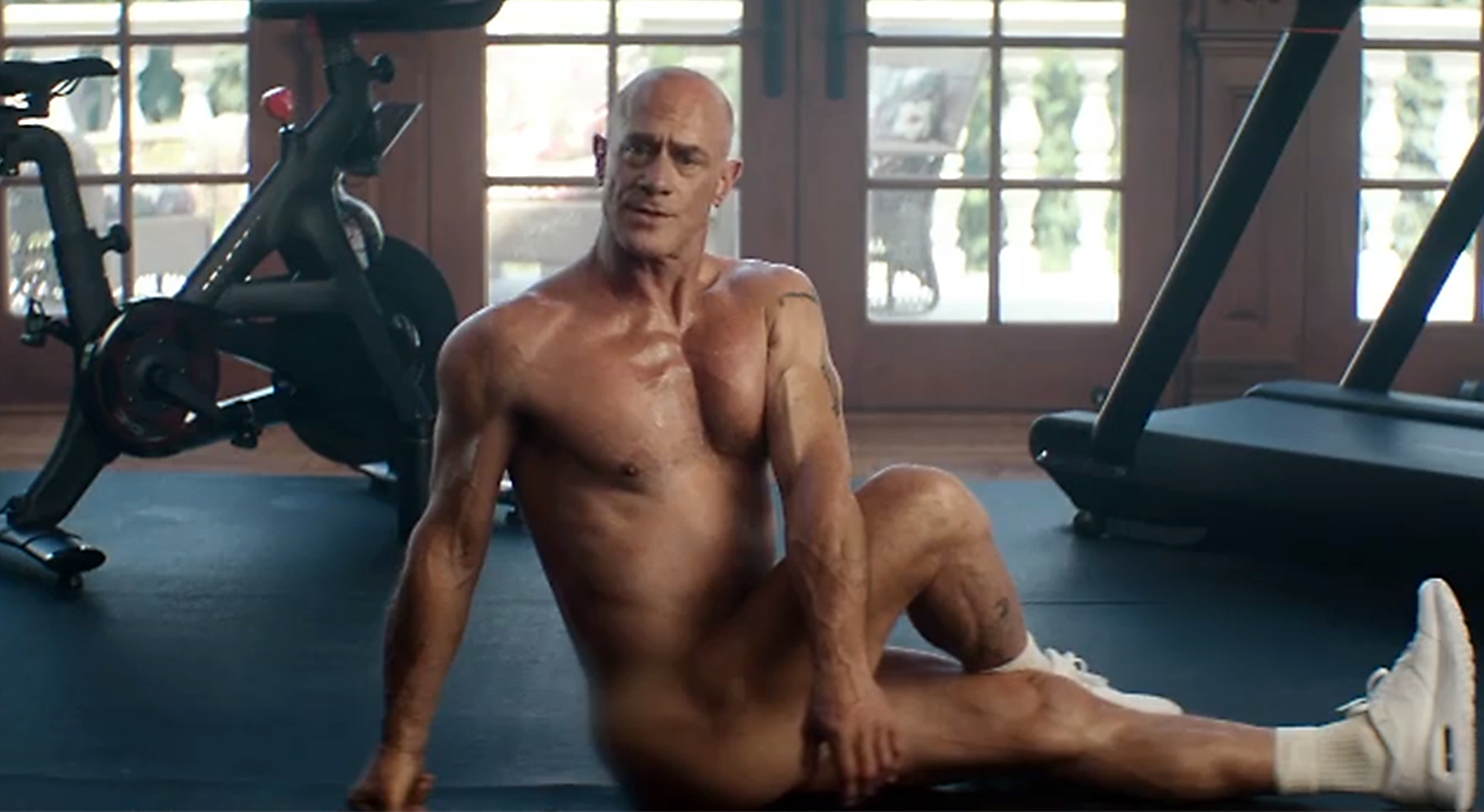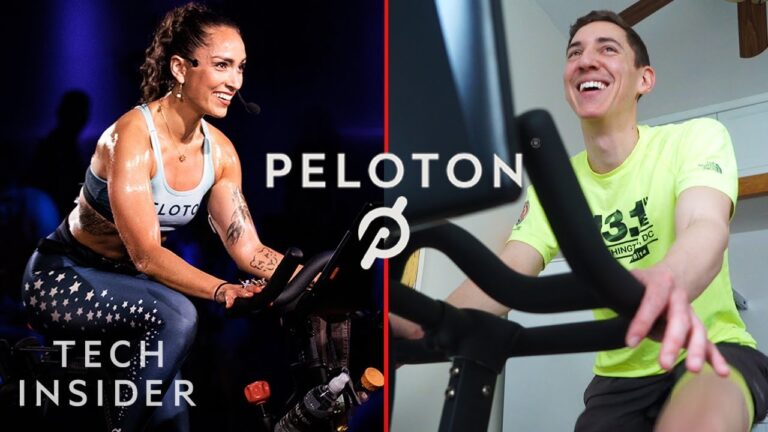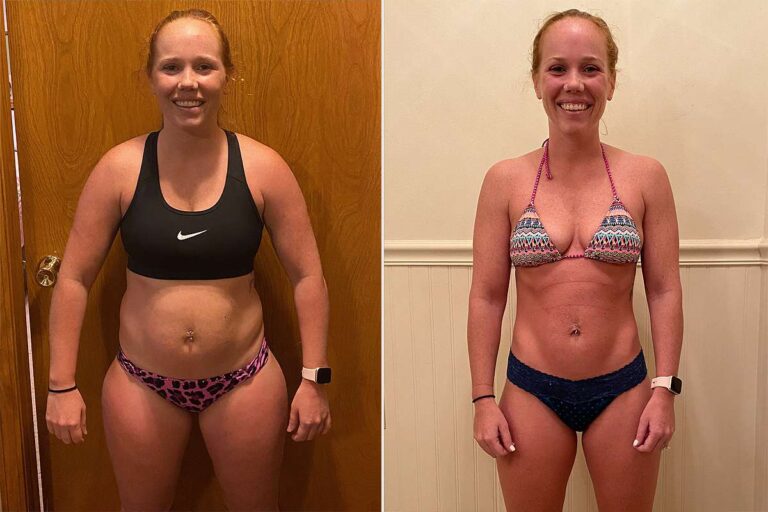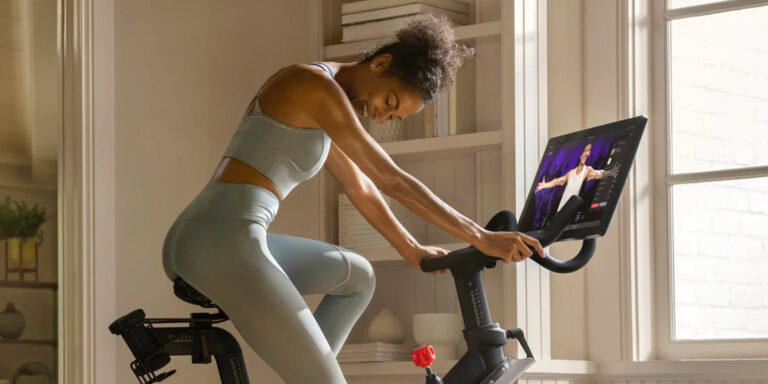What Muscles Does Peloton Work? Unveiling the Power Behind the Training
The Peloton Bike works on your quads, glutes, back, chest, core muscles, arms, and shoulders. As a highly effective calorie-burning activity, it can support weight loss and help you maintain a healthy weight.
Additionally, Peloton offers programs like Total Strength that are designed to help you build muscle over time, making it suitable for beginners and experienced lifters alike. Cycling on the Peloton Bike primarily recruits your quads as the main muscle group, followed by the glutes.
This information comes from Ann Trombley, a physical therapist, cycling coach, and owner of Trail Master Coaching and Physical Therapy.
The Key Muscles Targeted By Peloton
The key muscles targeted by Peloton workouts play a crucial role in helping you achieve your fitness goals. From building strength to increasing endurance, Peloton engages several muscle groups to deliver a full-body workout experience. In this article, we will explore the main muscles that are activated during Peloton workouts and understand their importance in enhancing your overall fitness level. Let’s dive in!
Quads: The primary muscle group engaged during cycling
When you hop on a Peloton bike, your quads take center stage as the primary muscle group at work. Cycling relies heavily on the quadriceps muscles on the front of your thighs, which help you generate power and propel the pedals forward. By continuously contracting and extending your quads, Peloton workouts contribute to the strength and toning of this significant muscle group.
Engaging your quads during Peloton rides not only improves their strength but also helps burn calories and build endurance. As you challenge your quads with various cycling intensities and resistance levels, you’ll notice their development over time, leading to enhanced performance and efficient muscle activation.
Glutes: The second most activated muscle group during Peloton workouts
In addition to the quads, Peloton workouts also target your glutes, making them the second most engaged muscle group. The gluteal muscles, including the gluteus maximus, medius, and minimus, play a vital role in providing stability, power, and balance during cycling movements.
By activating your glutes during Peloton rides, you not only tone and strengthen them but also improve your overall lower body strength. Strong glutes can help stabilize your hips, prevent injuries, and improve your cycling performance by enabling you to generate more power and maintain an efficient pedal stroke.
In conclusion, Peloton workouts focus on targeting key muscle groups such as the quads and glutes. By engaging these primary and secondary muscle groups, Peloton not only helps you build strength and endurance but also enhances your overall lower body stability and performance. So, hop on that Peloton bike and get ready to activate these muscles for an effective and challenging workout experience!
How Peloton Helps Develop Quads And Glutes
How Peloton Helps Develop Quads and Glutes
Cycling Technique: Understanding the proper form and pedal stroke for maximum engagement
Proper cycling technique is crucial when it comes to targeting and developing your quads and glutes with Peloton. By understanding the correct form and pedal stroke, you can maximize muscle engagement in these areas.
Resistance Training: Increasing resistance to build strength in quads and glutes
Incorporating resistance training into your Peloton workouts is key to building strength in your quads and glutes. By increasing the resistance on your bike, you are placing more demand on these muscle groups, leading to greater muscle activation and development. It’s important to gradually increase the resistance as you get stronger, allowing your muscles to adapt and grow.
HIIT Workouts: Incorporating high-intensity intervals to maximize muscle activation
Another way Peloton helps develop quads and glutes is through high-intensity interval training (HIIT) workouts. By incorporating intervals of intense effort followed by short periods of rest or recovery, HIIT workouts increase muscle activation and stimulate muscle growth. These intense bursts of activity during your Peloton rides can target and strengthen your quads and glutes, helping you achieve your fitness goals.
Additional Muscle Groups Strengthened By Peloton
Peloton workouts are not just about the legs! While cycling primarily targets the lower body, there are several additional muscle groups that are strengthened during a Peloton workout. These muscles play an important role in supporting your overall strength, stability, and balance. Let’s take a closer look at some of these muscle groups:
Hamstrings: Assisting in knee flexion during the pedal stroke
The hamstrings, located at the back of the thigh, are engaged during the pedal stroke to assist in knee flexion. This muscle group helps in pulling the pedal up towards your glutes, adding power and efficiency to your cycling motion. Strengthening the hamstrings through Peloton workouts can improve your overall lower body strength and enhance your performance on the bike.
Calves: Supporting ankle movement and propulsion
Your calf muscles, specifically the gastrocnemius and soleus muscles, play a crucial role in supporting ankle movement and propulsion during cycling. As you push down on the pedals, your calves contract to lift your heels, allowing for a smooth and efficient pedal stroke. Peloton workouts help to strengthen your calves, improving your ability to generate power and speed on the bike.
Core Muscles: Engaged for stability and balance during cycling
Your core muscles, including the abdominals, obliques, and lower back muscles, are actively engaged during a Peloton workout to maintain stability and balance on the bike. The core acts as the powerhouse, stabilizing your upper body and connecting it to the lower body movements. By incorporating cycling into your fitness routine, you can strengthen your core muscles and improve your overall posture and balance.
Upper Body Muscles: Utilized during certain classes that incorporate arm exercises
While cycling primarily focuses on the lower body, certain Peloton classes incorporate arm exercises to target the upper body muscles as well. In these classes, you’ll engage muscles such as the biceps, triceps, shoulders, and back, giving your upper body a well-rounded workout. By incorporating these classes into your Peloton routine, you can enhance your overall strength and muscular balance.
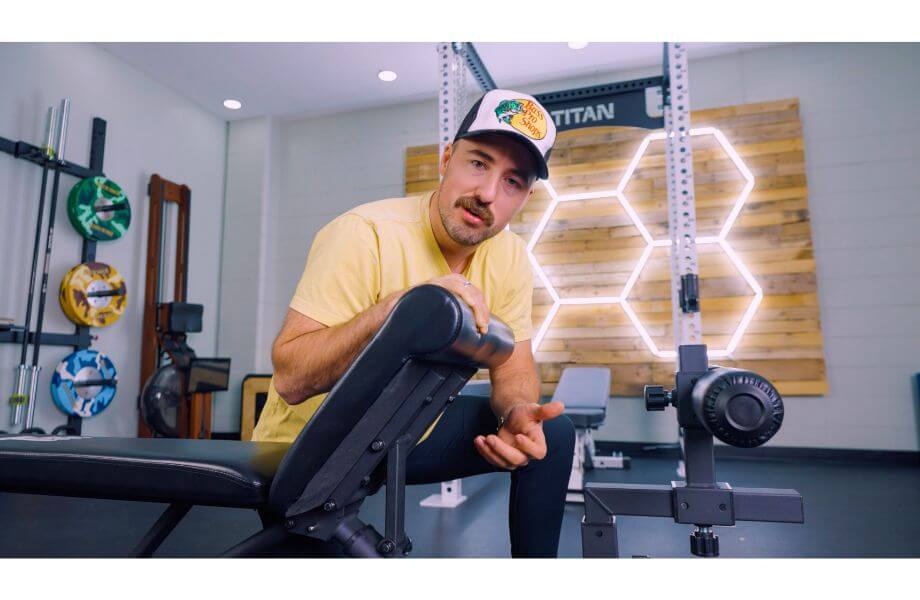
Credit: www.garagegymreviews.com
Frequently Asked Questions Of What Muscles Does Peloton Work
Which Muscles Does The Peloton Bike Work?
The Peloton Bike primarily works your quads and glutes, according to experts. It also engages your back, chest, core, arms, and shoulders. It provides a full-body workout.
Do Peloton Rides Build Muscle?
Peloton rides primarily work your quads (number one) and glutes (number two). It also engages your back, chest, core muscles, arms, and shoulders.
Does The Peloton Bike Get You In Shape?
The Peloton Bike works your leg muscles, particularly your quads and glutes, which are the main muscles recruited while cycling. It also engages your core, back, chest, arms, and shoulders, making it a full-body workout. It is an effective calorie-burning activity that can support weight loss and help maintain a healthy weight.
What Does The Peloton Work On Your Body?
The Peloton works on your quads, glutes, back, chest, core, arms, and shoulders.
Conclusion
Peloton is a highly effective full-body workout that targets various muscle groups. Your quads take the lead, followed by your glutes, when it comes to muscle activation during cycling. In addition, Peloton works your back, chest, core, arms, and shoulders.
Whether you’re a beginner or experienced lifter, Peloton’s Total Strength program can help you build muscle. With its calorie-burning benefits, Peloton is an efficient way to support weight loss or maintain a healthy weight. Start pedaling and see the transformation in your body.

